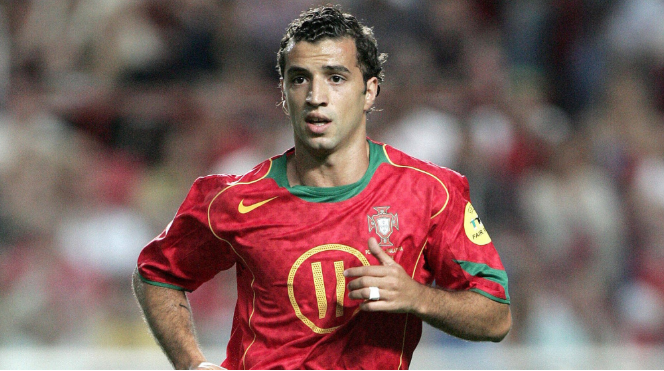THE CORNER KICK | How The 4 Major TV Stations In Kenya Are Trying To Survive The Digital Migration Blitz
Digital migration came and knocked us, viewers, off our feet. But not as hard as it did to the four major TV stations in the country. Ask anyone who works in KTN, NTV, Citizen TV or K24 and they will tell you, frankly, that they were caught off-guard by the wave that swept across the country like an earthquake in the heart of Nepal districts.
While majority supported the government in its push to move from analogue broadcasting to digital broadcasting, Milimani Law Courts was busy for the better part of late 2014 and the beginning of 2015 as media moguls in the land filed cases to fight what they termed a forceful migration coupled with harassment.
Our courts were a beehive of activities. Lawyers who represented either party went home with pocket-fulls of cash and other goodies. Every party had a reason why they were for and/or against digital broadcasting.
What followed was a shutdown of the 4 major TV stations in protest of what they termed as harassment from the Communication Authority of Kenya. But even when they went off air, a majority of Kenyans whom we talked to argued that they felt more peaceful without them than when they were running. Why? Some say they believe the media propagates wrangles and hatred among Kenyans. That was their opinion.
After three weeks of information darkness, the four media stations reluctantly went back to air and since then so much has transpired. Life is not the same any more. Monopoly of information has been minimized as more and more TV stations are coming up to inject improved competition in the industry.
And this competition has been immensely felt. Advertisers and clients are now spoilt for choice because even little known stations which had no reach thanks to analogue broadcasting can now effectively advertise more products thanks to digital migration which has allowed everyone to watch a TV station of their choice.
Programme producers are also spoilt for choice. One could choose to approach Enru TV or KTS TV or even Njata TV to have their show aired at a lower cost than go to NTV, KTN, Citizen or K24 where they are overcharged to have the show broadcast.
These latest developments have dealt a major blow to the 4 major stations that for a long time enjoyed a lot of monopoly thanks to their vast and state-of-the-art broadcasting equipment which they had strategically placed in different parts of the country to reach out to the unreachable.
It is easier for me to come up with my own TV station today thanks to this digital era.
The biggest worry these TV stations are now fighting is; How do we survive and beat this digital broadcasting blitz? This, any keen Kenyan, can see from a distance. And this is why I am here to show you how these TV stations are trying to survive as competition becomes immense each day:
Click the next page to see how this is happening.
1. Downsizing their workforce
Recently Ghafla! Kenya published a story of how an internal memo had been circulated in Standard Group Limited asking its workers to apply for early retirement or risk going home with nothing when the axe finally falls.
Oh boy, for an employee, the worst news is a rumour that your job is in danger. Any employee will tell you this. One might develop insomnia for the rest of their life when their employer threatens them with a sack. This is the situation at Standard Group Limited.
But did you ask yourself why the biggest media house in the country wants to send home close to 200 workers? Well, it all narrows down to digital migration.
Nation Media Group was the first to trim its workforce. Many were sent home because the revenues have plummeted significantly. People are losing jobs to allow the TV stations make enough profits. And this is the biggest effect digital migration has brought about.
Advertisers have left for other stations and those who remain aren’t paying the same amount like before because they are spoiled for choice.
2. Workers Taking Multiple Roles
Larry Madowo has more than one role at NTV and Nation Centre in general. He is the indispensable guy along Kimathi Street. Victoria Rubadiri’s show is premiering today. Mark Maasai has Press Pass. At KTN, Betty Kyallo has her own show which she launched a few weeks ago.
At Citizen TV, Lilian Muli has another show apart from anchoring news. The examples are endless.
The point I’m driving home is, these TV stations are trying to spend less by allowing their own workers to come up with shows instead of spending colossal sums of money soliciting for shows from outside. This is why these days your favourite shows on TV have been scrapped off because they require a lot of money to produce and run.
Allowing news anchors to have their own shows apart from anchoring news helps these TV stations safe money because digital migration has come with its own pangs that are biting into their banks.
3. Coming Up With More Sister TV stations
The market is now wide open for anyone to exploit the opportunity to have their own TV station. Only the shrewd ones can exploit this opportunity and harvest more resources and avenues created by digital migration.
Even though Nation’s QTV came before digital migration became a reality, the masterminds behind its inception had foreseen what was coming.
Standard Group is on the run to have another TV station apart from KTN. Highly guarded sources also tell me that Royal Media Services is considering the same as it aims to start a Kikuyu TV station to rival the likes of Njata TV and Mahiga Matatu.
All this is happening because of digital migration.


